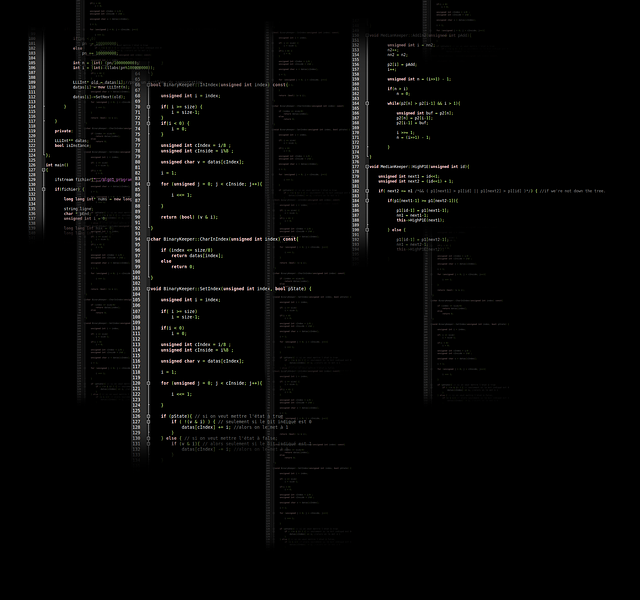Pakistan and Bangladesh's media landscapes differ due to their political histories and cultural identities. Bangladeshi media is relatively open, fostering diverse voices, while Pakistan faces challenges with media freedom. These disparities influence public perceptions on issues like resource distribution, education, and tourism. Historical narratives, language, and visual storytelling further complicate portrayals, requiring nuanced perspectives to transcend biases in global views of these neighboring nations.
In an era defined by global connectivity, media portrayals play a pivotal role in shaping cross-cultural perceptions. This article delves into the intricate dynamics of how Pakistan and Bangladesh are depicted in each other’s press, analyzing media narratives, cultural biases, and the impact of language on reporting. We explore country stereotypes, visual storytelling, and public opinion formation through these lens, shedding light on the complexities of ‘Pakistan vs Bangladesh’ media representations.
- Exploring Media Narratives: Pakistan vs Bangladesh
- Press Perspectives: Cultural Biases Unveiled
- Country Stereotypes in News Coverage
- The Impact of Language on Reporting
- Visual Storytelling: A Comparative Study
- Shaping Public Opinion Through Media Portrayals
Exploring Media Narratives: Pakistan vs Bangladesh

In the dynamic landscape of media narratives, a fascinating contrast emerges when comparing Pakistan and Bangladesh, two neighboring nations with distinct political landscapes and cultural identities. A media freedom comparison reveals notable differences in how each country’s press operates; while Pakistan grapples with restrictions on journalism, Bangladesh has made strides towards fostering an environment of relative open-ness, allowing for diverse voices to be heard.
When delving into the politics of Pakistan vs Bangladesh, the contrast in political stability becomes evident. Bangladesh’s democratic trajectory, marked by its transition from a military-ruled past, has fostered a media ecosystem that encourages critical analysis and public discourse. In contrast, Pakistan, with its complex political history, often poses challenges to media freedom, affecting coverage of sensitive topics and limiting investigative journalism. Despite these disparities, both countries’ media play crucial roles in shaping public perception, reflecting their respective societal narratives, including insights into resource distribution as seen in their diverse natural landscapes.
Press Perspectives: Cultural Biases Unveiled
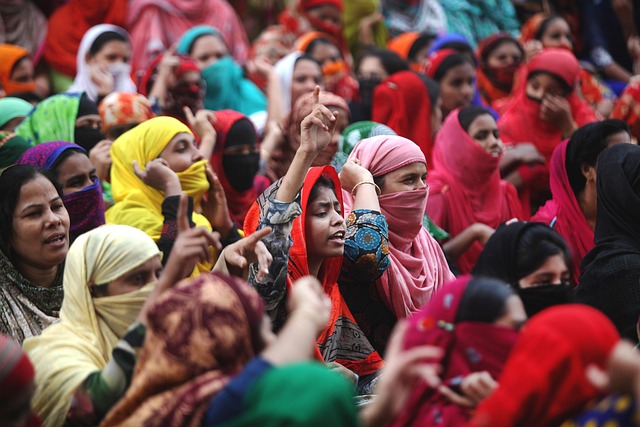
The media landscape plays a significant role in shaping public perceptions across nations, and when two countries like Pakistan and Bangladesh are concerned, cultural biases often creep into coverage. A comparison of press perspectives reveals stark contrasts in how these South Asian neighbors are depicted. In the Pakistani media, Bangladesh sometimes faces criticism for its political instability and economic challenges, while Bangladesh’s press may portray Pakistan through a lens of security concerns along their shared borders.
This dynamic highlights an interesting education systems comparison—the way each country educates its citizens can be reflective of these biases. Moreover, tourism attractions contrast between the two nations might also be influenced by media narratives. Geographically, despite sharing boundaries, Pakistan and Bangladesh offer distinct landscapes, from the Himalayan peaks to the Ganges Delta, yet these differences are sometimes overshadowed by political or security-focused reporting. Remember that a visit us at economic development Pakistan Bangladesh anytime can provide a more nuanced understanding of these countries beyond what is portrayed in the press.
Country Stereotypes in News Coverage

In the media landscape, countries often portray each other through stereotypes that influence public perception. When comparing Pakistan and Bangladesh, historical narratives play a significant role in shaping these perceptions. The news coverage of these South Asian neighbors frequently highlights their cultural differences, with Pakistan sometimes depicted as a bustling metropolis filled with diverse traditions, while Bangladesh is portrayed as a vibrant agricultural society. This dichotomy, though simplistic, has roots in the countries’ respective strengths and challenges.
The agriculture sector comparison between Pakistan and Bangladesh offers an intriguing insight into these stereotypes. Bangladesh, known for its lush rice paddies and fertile plains, has traditionally been associated with agriculture and rural lifestyles. In contrast, Pakistan’s media often showcases its urban centers, industrial hubs, and modern architecture, reflecting a more diverse economic landscape. These portrayals not only reflect historical facts but also contribute to the way global audiences perceive these nations. The history of Pakistan-Bangladesh relationship, marked by both cooperation and occasional tensions, further complicates these stereotypes, making it crucial for journalists to offer nuanced perspectives that transcend simplistic generalizations, especially when discussing sensitive geopolitical issues. Find us at geography.
The Impact of Language on Reporting
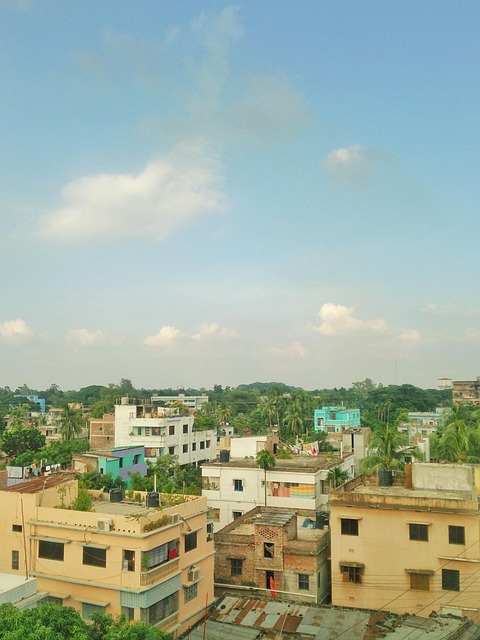
The language of reporting plays a significant role in shaping public perception between countries, notably when comparing Pakistan and Bangladesh. The official languages of these nations—Urdu and Bengali respectively—not only influence how news is delivered but also color the content and tone of media coverage. In Pakistan, Urdu’s prevalence in journalism often emphasizes national unity and historical narratives, potentially impacting international storytelling about the country. Conversely, Bangladesh’s focus on Bengali might highlight cultural uniqueness and regional identity, offering a distinct lens through which global audiences perceive its stories.
This linguistic distinction is further compounded by the varying media landscapes of both nations. While Pakistan boasts a diverse array of print, broadcast, and digital outlets, Bangladesh has seen rapid growth in social media and online news platforms alongside traditional media. Such differences not only affect how stories are told but also shape global perceptions regarding each country’s development, with keywords like industrial growth in Pakistan and bangladesh, literacy rates pakistan vs bangladesh, and art culture differences becoming focal points of comparison. Moreover, these linguistic and media factors interplay with infrastructure-related aspects, such as transportation, influencing the accessibility and perception of news from either nation on a global scale. Give us a call at [transportation infrastructure] to learn more about how these dynamics impact international relations.
Visual Storytelling: A Comparative Study
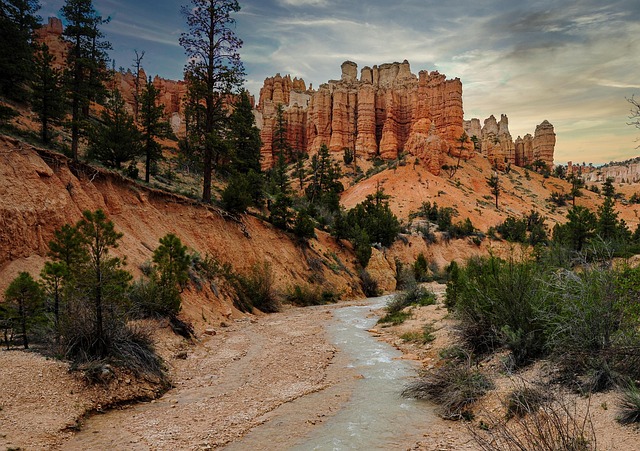
In the realm of media analysis, visual storytelling plays a pivotal role in shaping public perception, especially when comparing countries like Pakistan and Bangladesh. A meticulous examination of their respective press reveals contrasting narratives, with each country’s media outlets offering unique insights into their nation’s identity. For instance, while Pakistan’s media often portrays itself as a hub of cultural diversity and robust industrial growth, Bangladesh’s visual representation tends to emphasize its impressive literacy rates and political stability.
This comparative study highlights the power of visuals in conveying complex social and economic indicators. The contrast between the industrial growth in Pakistan and literacy rates in Bangladesh is subtly communicated through various media formats. By analyzing these visual elements, viewers can gain a deeper understanding of each country’s unique trajectory without relying solely on textual information. Such a study not only enriches our knowledge but also encourages critical thinking about media bias and its implications in international relations, ultimately inviting us to explore political stability comparison between these neighboring nations.
Shaping Public Opinion Through Media Portrayals
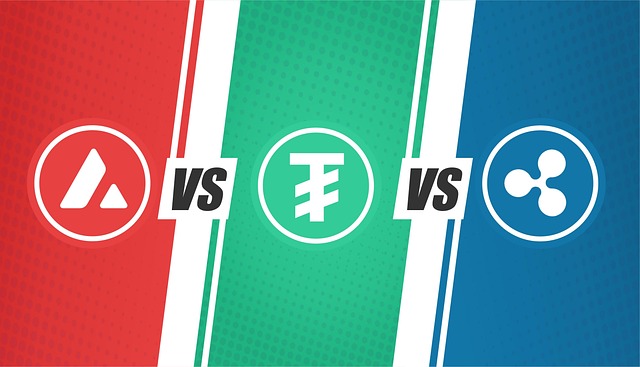
Media portrayals play a pivotal role in shaping public opinion and perceptions between countries, particularly when it comes to contrasting narratives like Pakistan versus Bangladesh. The way each nation is depicted in the other’s press can influence how citizens view their neighbors, potentially leading to biases or even stereotypes that permeate societal attitudes. For instance, discussions about literacy rates in Pakistan versus Bangladesh might be framed differently, with one country’s media highlighting achievements while the other focuses on challenges, thus impacting global perceptions.
Similarly, natural resources distribution and child labor issues could be presented with varying emphases, leading to differing international stances. By controlling the narrative, media outlets can influence policy decisions and even prompt action from international organizations. Therefore, it’s crucial to analyze these portrayals, especially in a diverse geopolitical landscape where countries like Pakistan and Bangladesh have their unique challenges and strengths. Give us a call at politics pakistan vs bangladesh for more insights into navigating these complex narratives.
In exploring the media portrayals of Pakistan and Bangladesh, we’ve uncovered nuanced differences that reveal deeper cultural biases. The analysis of news coverage, language usage, and visual storytelling has highlighted how each country’s press shapes public opinion, often reinforcing stereotypes but sometimes offering a more nuanced perspective. Understanding these dynamics is crucial for navigating the global information landscape, especially in light of the intense pakistan vs bangladesh discourse. By critically examining media narratives, we can foster a more balanced view of these nations and their diverse cultures.
